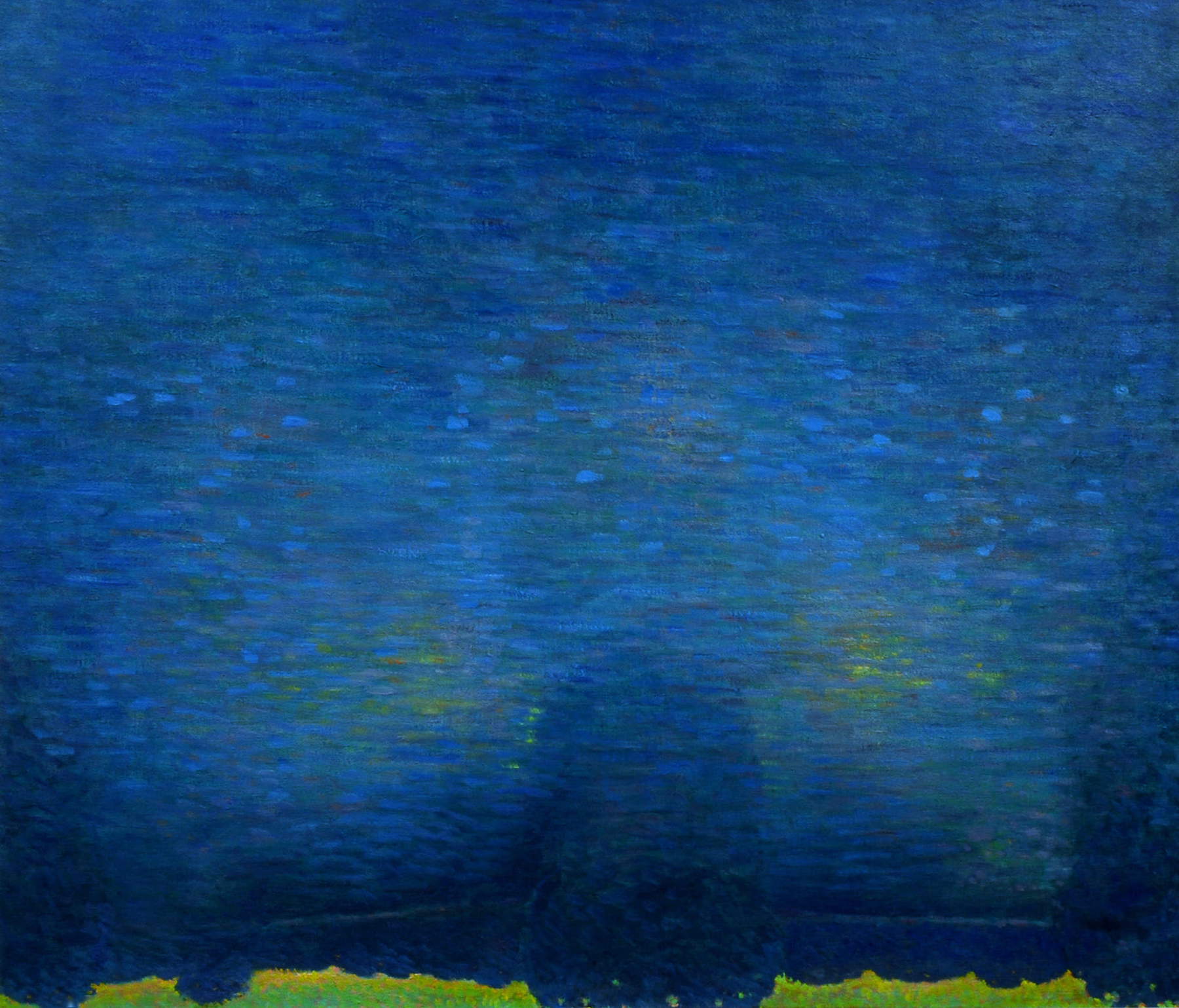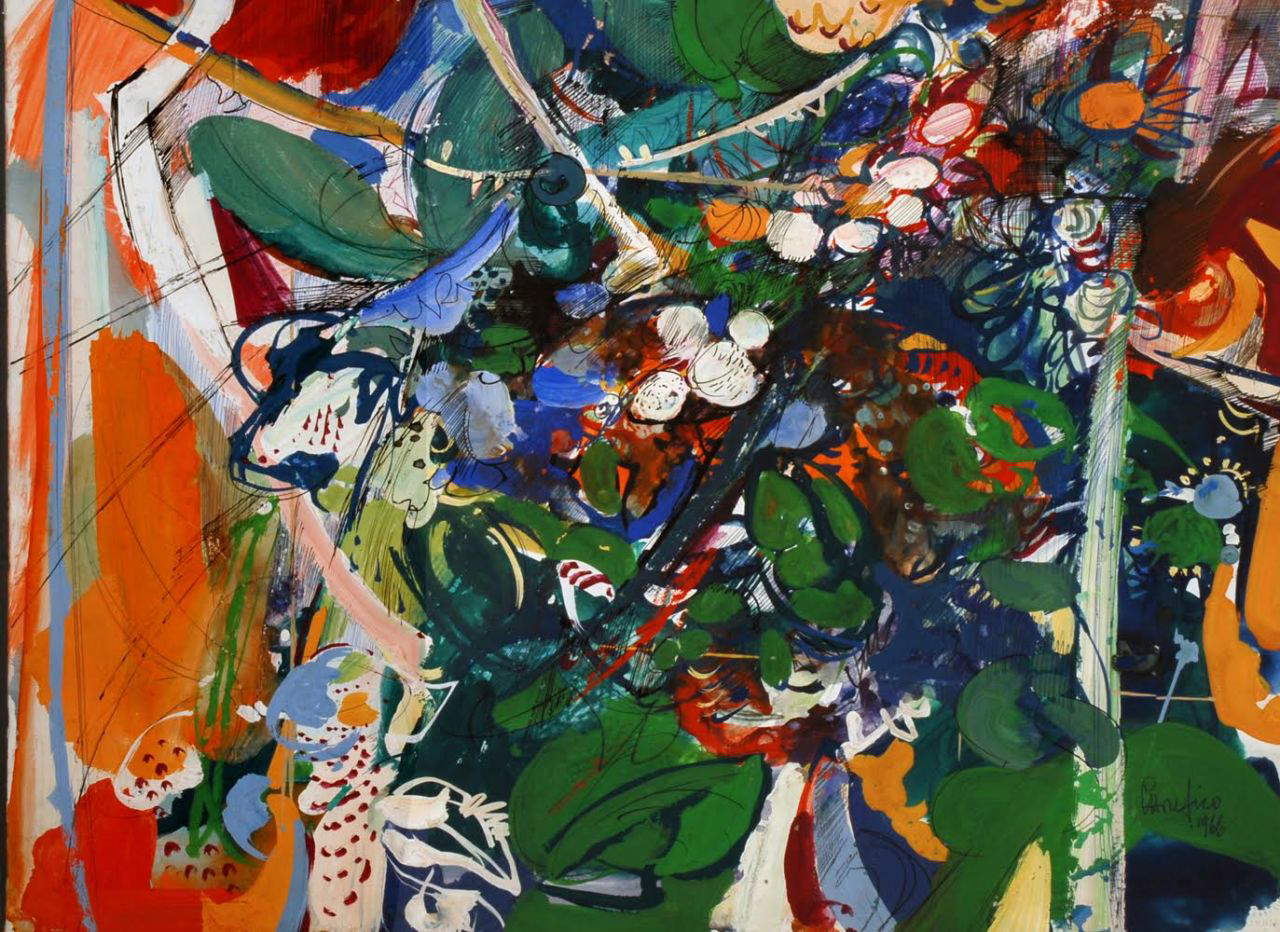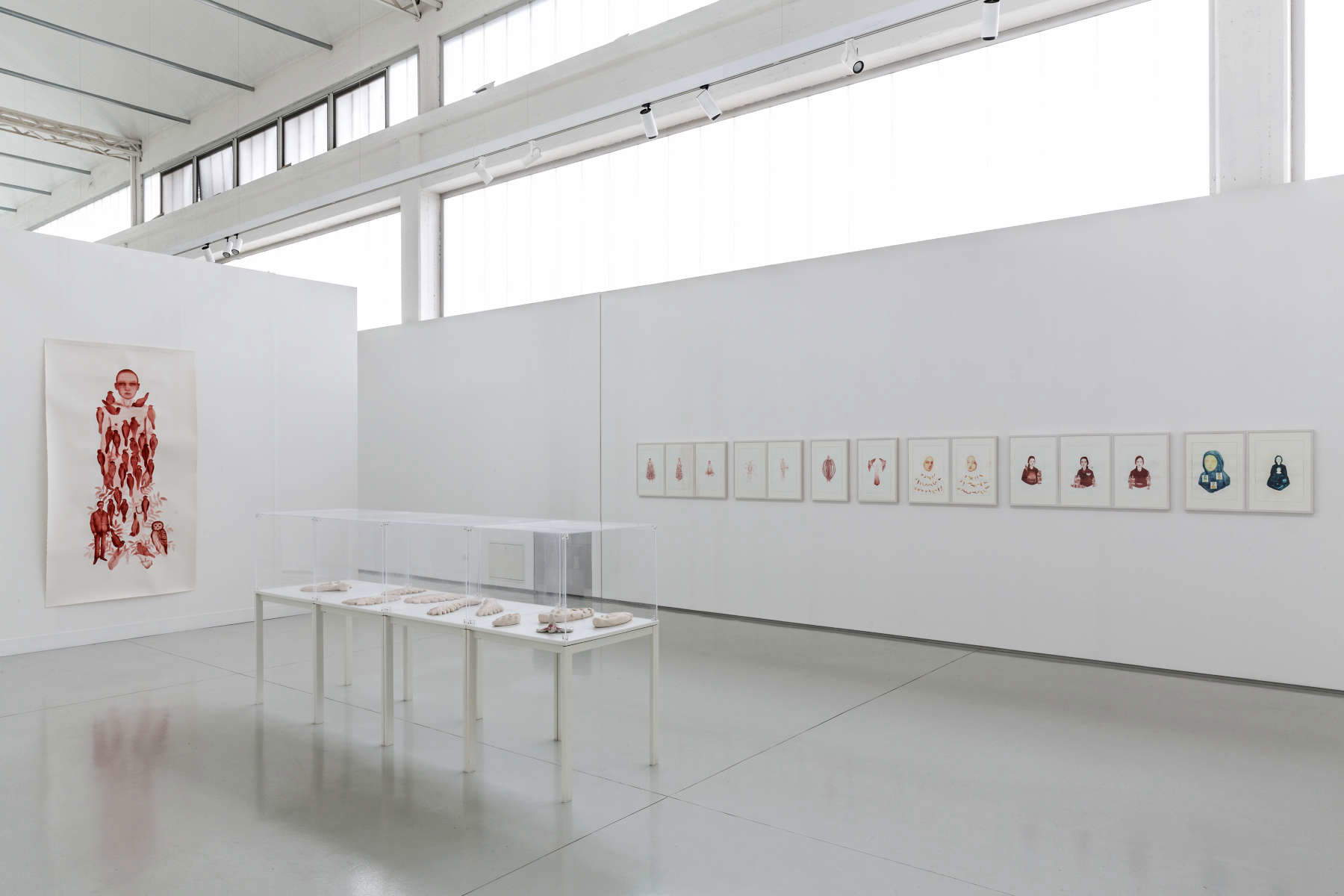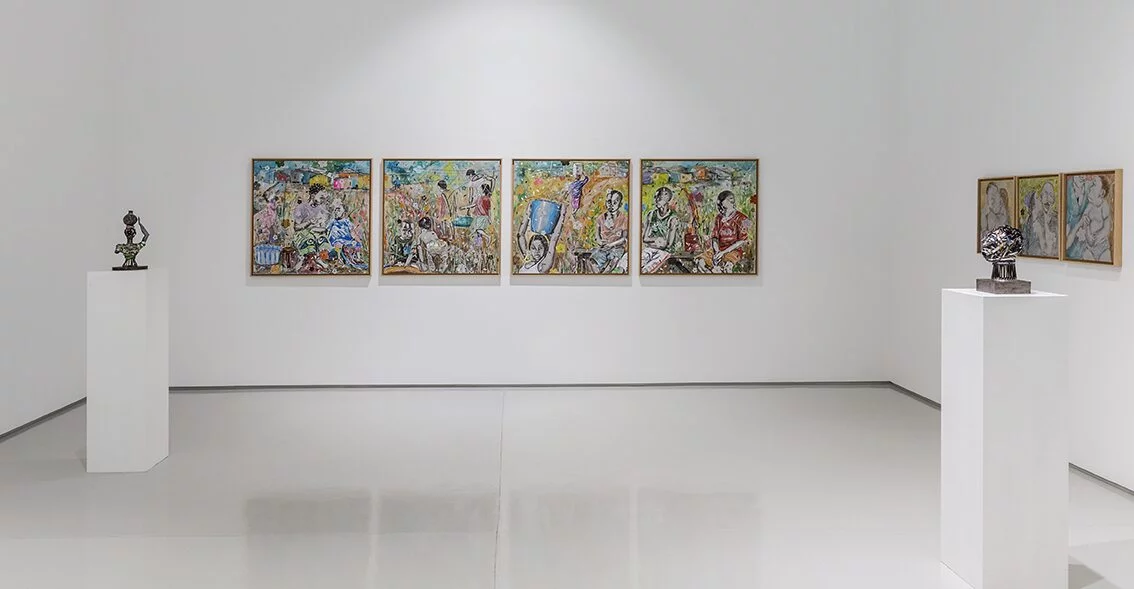Enhancing the intrinsic museum vocation of disused industrial buildings in large cities is one of the most interesting areas of contemporary urban planning, as illustrious examples in Italy and abroad demonstrate, such as theabroad, such as the Fondazione Prada in Milan (located in a former distillery), the Museum Haus Konstruktiv in Zurich (carved out of a power plant on the Sihl River) or the DOX Centre for Contemporary Art in Prague (created from the reconstruction of a former factory in the Holešovice district), to name but a few. Also part of this trend is the Ettore Fico Museum in Turin, which opened in September 2014 at the end of a lengthy renovation and functional adaptation project and is located in a former industrial area that formerly belonged to SICME (Società Industriale Costruzioni Meccaniche ed Elettriche) in the Barriera di Milano district. The institution, which recently celebrated its first decade of activity, is a virtuous model not only for the urban and social redevelopment project of which it is the result, but also for the dual strategic plan that constitutes both the goal and the driving force of its activities. First of all, the museum is committed to the rediscovery and promotion of the work of the painter Ettore Fico (Piatto Biellese, 1917 - Turin, 2004), whose entire body of works it still holds at the time of his death. The artist, despite the fact that during his long career he participated in important national and international events, including the Quadriennale d’arte in Rome (editions VII, VIII and IX), Ia Biennale Internazionale per I’incisione in Cracow in 1966, the 1968 Exhibition of Italian Artists in Prague and the XXXIX Biennale Nazionale d’Art City of Milan, it is now adequately known only locally because of its refusal to insert itself into the mechanisms of the art system in favor of a direct and personal relationship with collectors, based on word of mouth. The activities carried out by the museum to increase the circulation of Fico’s works, such as the organization of exhibitions that compare them with those of artists of younger generations (also in other venues) and the insertion of some of them into the commercial circuit through agreements with sector galleries, are also a means of “capitalizing” on the patrimony of his works, in part used to finance the increase of the collection. The other crucial activity of the museum is, in fact, the formation of an ever-growing collection of works by young artists who have distinguished themselves in international museums and exhibitions for innovativeness of language, whose presence in dialogue with Fico’s works contributes back to clarify their position in a structured context. To explore this topic in more detail, we had the pleasure of asking a few questions to director Andrea Busto, the creator and soul of this project.

EZ: Ettore Fico was an eclectic painter, capable of traversing and reworking with a personal language the artistic trends contemporary to him, but also those that came before, without fear of being anachronistic. Could you summarize for us his “artistic identikit” highlighting specificities, evolutions and elements of continuity?
AB: You have to contextualize the work in the historical moment in which its research developed. Hinged in a cultural context at the beginning of the century, in which Turin looked above all to Paris as a cultural capital and not to Rome as a national and political capital, all art at the turn of the two wars and in the immediate postwar period, thus until the 1950s, developed according to plastic values linked to Casorati and Gualino’s circle, but also to Spazzapan and his friend Mattia Moreni, while remaining independent and developing contexts with wide international views. Ettore Fico, an educated and informed man, a traveler between London and Paris, grafted his research in a climate between abstraction and figuration in which “beautiful painting” had a profound meaning in respect of those Italian values that remain valid today. His poetics, poised between figuration and abstraction, manages to combine a decisive pictorial pleasure, a dexterity and formal elegance with sign gestures that intervene in all his work, both pictorial and graphic, in an expressive and virile way. Landscape and figure coexist in his research that finds, especially in nature its vital and inspiring force.


How did your encounter with Ettore Fico’s work come about and how did the project of studying and cataloging the work develop to eventually arrive at the museum project?
I met, through mutual friends, Ines Fico, the artist’s wife, in 2006, and she proposed that I catalogue all of her husband’s works and begin a reevaluation of his work. I accepted the assignment and spent two years cataloging, photographing and archiving the truly impressive corpus of Fico’s papers, paintings, notebooks, graphics and sculptures, which numbered more than 5,000. When this work was finished I organized an anthological exhibition, the first one dedicated to him, at the Caraglio Spinning Mill of which I was artistic director. Ines was so stunned by the result that she proposed that I stay by her side and help her continue the enhancement enterprise begun two years earlier. From that moment our partnership became practically family, and she decided to give me carte blanche in the cultural and managerial work of the project. From there it was decided to open the museum, and Ines appointed me as her universal heir for the enhancement of her husband’s work even after his death, which occurred in 2017 and which I have continued to this day.
The museum hosts two annual cycles of wide-ranging exhibition events, as well as projects with artists who intervene directly in the spaces, educational activities aimed at schools, guided tours and workshops. What is the social and cultural role of your ideal museum? What do you see as the main differences in intent between a private institution open to citizenship like Museo Fico and a public one?
The ideal museum is a mobile, dynamic museum capable of developing projects in tune with the times in which it operates. Staticity is the death of an institution, and renewal, changes and revolutions are the basis of my cultural project. The MEF, as a private museum, can afford quick decisions and changes in tune with the times. The greatest prerogative of a museum like mine is to be able to produce exhibitions and events with a speed that public institutions do not have. Although characteristically I prefer annual programming, I often allow myself a chance to subvert the calendar and anticipate the presentation of artists I consider interesting to introduce to the public before other institutions.
What is the thread that connects the path of contemporary acquisitions and what characteristics make a young artist’s production interesting for the museum?
I am building a collection in tune with the times and the production of young people expressing themselves today by first exhibiting them in public shows. With the Ettore and Ines Fico prize, which is in its 15th edition this year, I identify those who in my opinion are the most promising and interesting and acquire for the MEF collections one or more works. I can mention as examples Anne Imhof or Guglielmo Castelli, or Rossella Biscotti or Petrit Halilaj. On the other hand, I often purchase works for the museum during exhibitions that I present throughout the year. This is the case with the “Afrika Now” artists (Bouvy Enkobo, Victor Fotso Nyie, Elladj Lincy Deloumeaux, Salifou Lindou, and James Mishio) who have all become part of the new acquisitions.





Would you like to give us some anticipation about future initiatives?
In 2025, I will present a group show on the acquisitions of the Bevilacqua La Masa Foundation in Venice composed mainly of works in their collections, a solo exhibition of Marie-Claire Mitou, a French artist who will present works made during a stay in Piedmont and around the world, then it will be the turn of the second round of “Afrika Now 2” dedicated to artists who use heterogeneous materials for their works, and finally a solo exhibition of Emanuele Becheri with recent works, drawings and projects.
Warning: the translation into English of the original Italian article was created using automatic tools. We undertake to review all articles, but we do not guarantee the total absence of inaccuracies in the translation due to the program. You can find the original by clicking on the ITA button. If you find any mistake,please contact us.